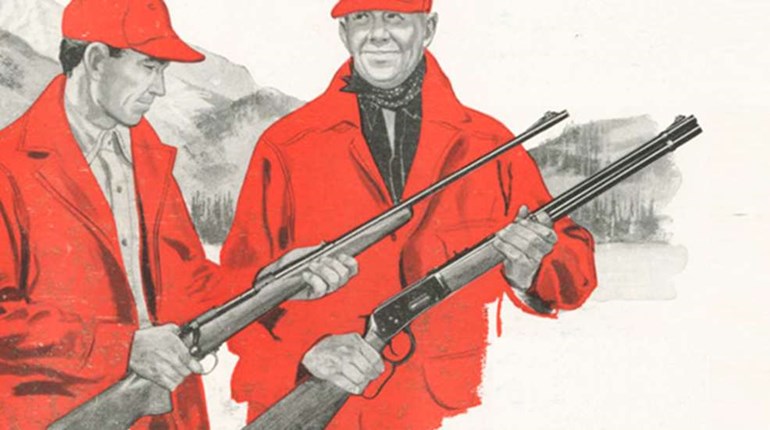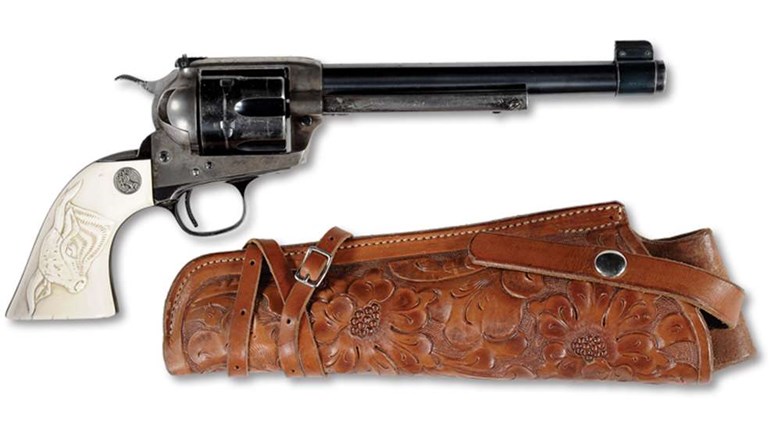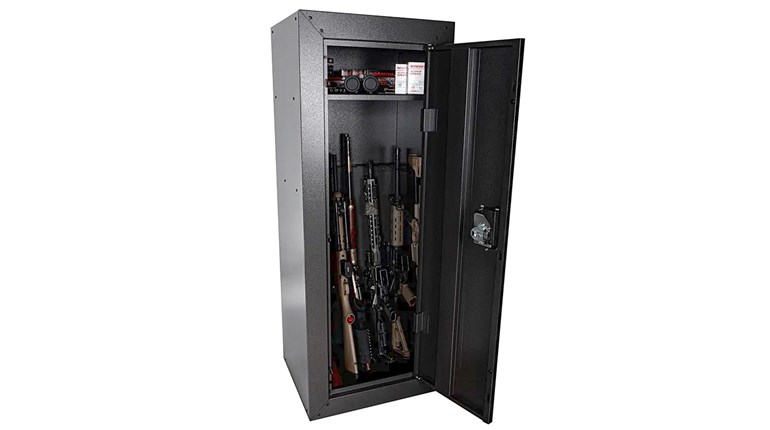
I recently read an article that caused me to do some thinking about defensive-firearm training, what we teach and how we teach it. The author made the statement that every year, thousands of people with no training and very little practice successfully use their firearms to defend themselves against violent criminals. Furthermore, he stated many of them do this with small handguns of the type that most instructors encourage their students to avoid because of the challenge in shooting them well. While I think both statements are likely true, my focus is not on those who succeeded, so much as it is on the ones who failed due to lack of training and/or an improper selection of equipment. Those are the people who might still be around if we had been able to help them.
When the defensive-shooting instructor takes on a class, he or she doesn’t face one challenge; they generally face a number of them—all of which need immediate attention. Their primary job, however, is to impart some skills that will keep these people alive when faced with a life-threatening encounter. Every one of us who takes our job seriously is continually trying to find better ways to get the message across. With that in mind, let’s look at these two statements and see how they affect our roles as instructors, taking the small-handgun statement first.
There are certainly those people who—for unavoidable reasons—must rely on small handguns for personal protection. Once we determine that this is the case, our job as instructors is to help them make the best of the situation. That means we focus on teaching a good, solid grip and proper trigger press. The students need to know what their effective range is for keeping all their hits in the vital zone and understand that, with proper practice, they can learn to extend that range. We need to find ways to help them build their confidence and be as effective as possible with the defensive tool to which they are relegated.
Others who choose the small guns for the sake of convenience can often be shown there is a better way to obtain success. But, I don’t think we get the job done by denigrating their choice of guns as much as when we show them there are better choices that will increase both their shooting ability and confidence. Do we, as instructors, spend enough time talking to students about dressing around the defensive handgun? I often remind myself to find a positive approach, instead of a negative one, to deal with such training-related concerns.
Regarding the first statement, I would simply point out good training and good practice build confidence and greatly improve the ability to deal with a life-threatening attack. Instead of hoping for luck to solve the problem, the student applies his or her new skills to the situation and, thereby, actually has some control over the event.
Each new shooting class is a real challenge. You will generally have some students who have a degree of experience and ability with shooting handguns. But, this will frequently be counterbalanced by that student standing there with their brand-new gun, still in the box and no experience at all. Plus, the latter student is the one who clearly needs our help most of all. After several days, an instructor often feels lucky if his or her class is generally hitting the vital zone most of the time, doing it safely and getting some idea of the dynamics of personal defense with a handgun. Completing a basic defensive school is like graduating from kindergarten, and the student has the majority of their defensive education ahead of them.
I suppose the most difficult part of teaching personal defense is imparting what Col. Jeff Cooper referred to as the Combat Mindset, essentially teaching the student to recognize danger while they still have time to make good choices. And, equally important, is the knowledge of what those good choices might be. A lot of instructors can teach shooting skills but, since they have never dealt with the criminal element themselves, they really don’t know how to teach mindset to their students. I fear we don’t spend nearly enough time on in-depth class discussions pertaining to developing the mindset.
One of the best ways to teach the dynamics of criminal attacks to students is through force-on-force training using simulated munitions. Properly scripted scenarios put the student into situations that they have no prior knowledge of—just like the real thing. That way, students are forced to quickly evaluate what is happening and quickly apply a successful solution—again, just like the real thing.
So, while I am pleased that so many people survive criminal attacks despite having no training and using less-than-optimal equipment, my job is to help people develop skills that will give them a better chance of surviving. As instructors, we need to continually evaluate what we are doing and how we can do it better.



































